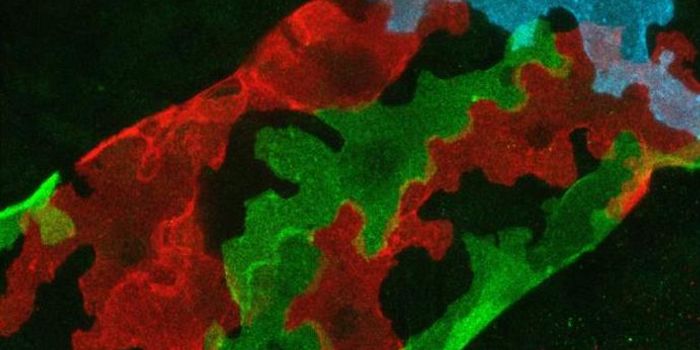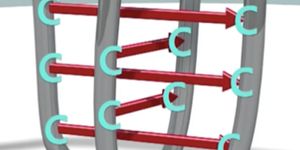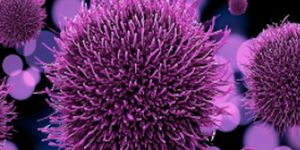Self-organizing Synthetic Tissues are Getting More Complex
Complex organisms arise from one fertilized cell, and scientists have tried to harness that process for use in the lab. Some research groups have succeeded in creating miniature, simplified models of organs for research use, called organoids, which in some cases are considered far better research models than other systems. Other investigators want to learn how the body grows organs, so that we may utilize those methods to generate organs for people in need of new ones. Reporting in Science, researchers are getting closer to that goal; they have been able to direct groups of cells to organize into layered structures that resemble organs in the early stages of development.
“What is amazing about biology is that DNA allows all the instructions required to build an elephant to be packed within a tiny embryo,” said study senior author Wendell Lim, PhD, chair and Byers Distinguished Professor in the Department of Cellular and Molecular Pharmacology at UCSF, who also holds appointments with the NIH and NSF. “DNA encodes an algorithm for growing the organism – a series of instructions that unfolds in time in a way we still don’t really understand. It’s easy to get overwhelmed by the complexity of natural systems, so here we set out to understand the minimal set of rules for programming cells to self-assemble into multicellular structures.”
As an organism grows, cells can communicate with one another and make collective decisions about how to create the structure they’re composing. UCSF postdoctoral researcher Satoshi Toda wanted to mimic the process and used an artificial molecule that has a powerful signaling effect, SynNotch (synthetic Notch receptor) to learn more. The chemical was made in the Li lab, for studying cell communication.
Researchers began by programming two cell groups to organize themselves into a sphere. An engineered protein was present in one group of cells; it made a blue color. The other cell group contained synNotch, which would trigger the production of a green colored protein when it came into contact with the blue one. The researchers could then easily observe the cells mixing.
They went on to perform more complex self-assembly experiments, generating cells that had a sense of polarity, or directionality, an important feature in many organs. The spheroid structures that assembled could self-repair when damaged, and show that creating more complex structures will be possible.
“People talk about 3D-printing organs, but that is really quite different from how biology builds tissues. Imagine if you had to build a human by meticulously placing every cell just where it needs to be and gluing it in place,” said Lim, who is also a Howard Hughes Medical Institute investigator. “It’s equally hard to imagine how you would print a complete organ, then make sure it was hooked up properly to the bloodstream and the rest of the body. The beauty of self-organizing systems is that they are autonomous and compactly encoded. You put in one or a few cells, and they grow and organize, taking care of the microscopic details themselves.”
The researchers plan to continue to pursue this work and aim to create structures with an even more complex layering of signals, potentially making tissue for use in therapeutic applications.
“Wouldn’t it be great,” Lim said, “if we could grow a new organ directly in the body so that it specifically grows connected to the right places, where it’s supposed to be?”








